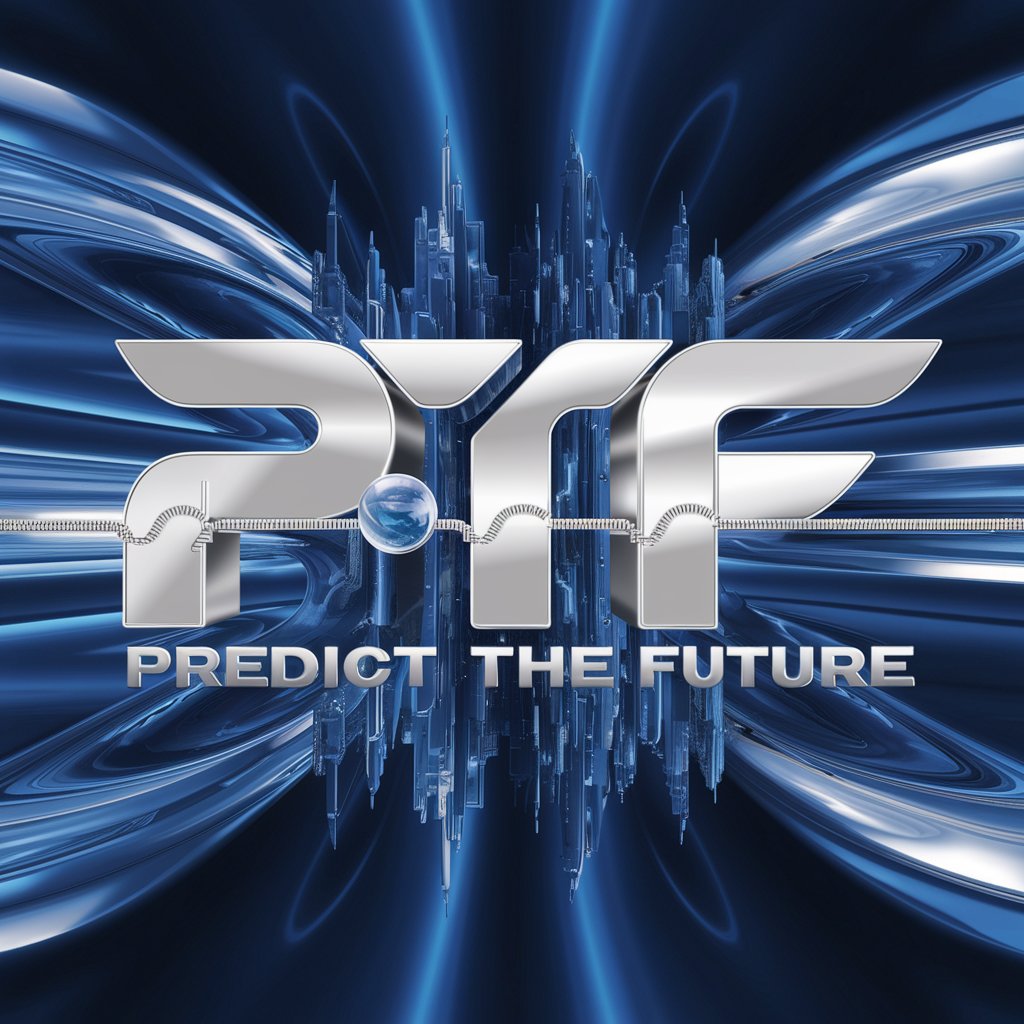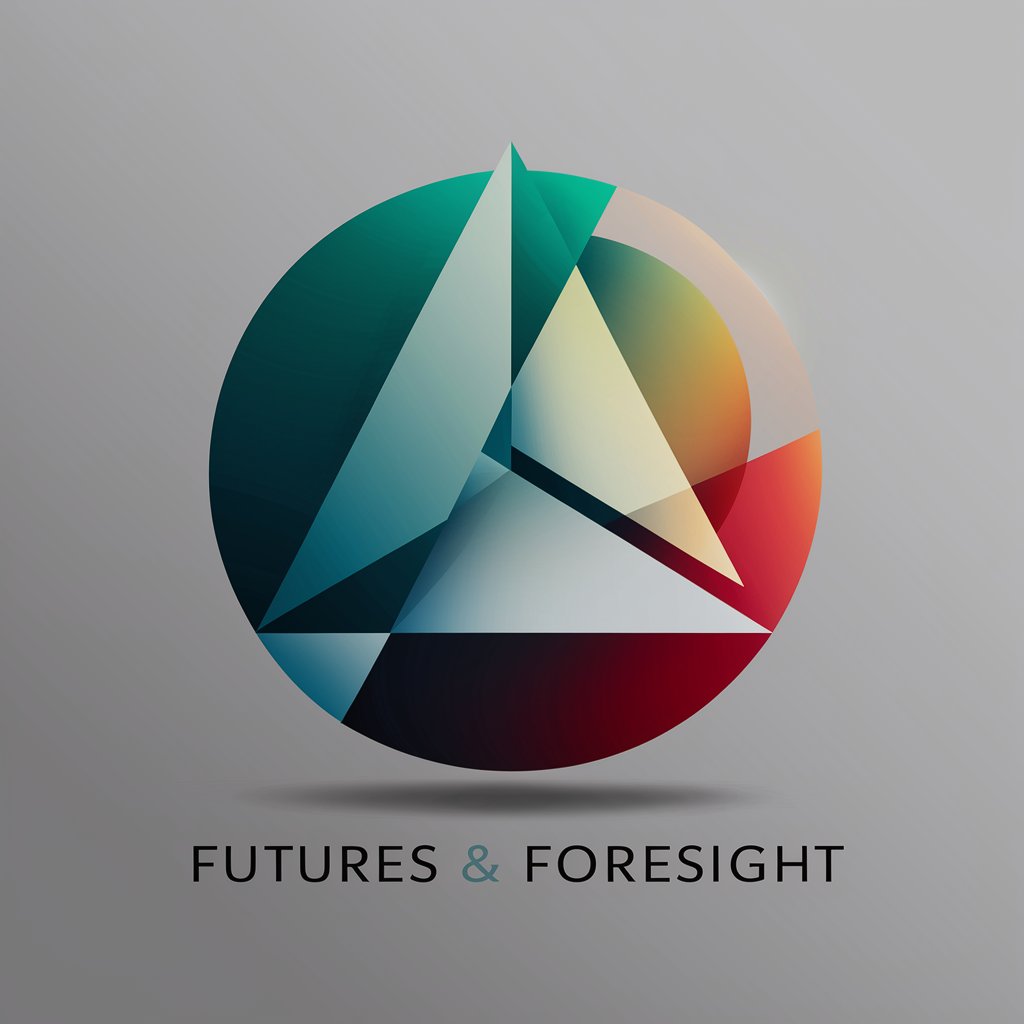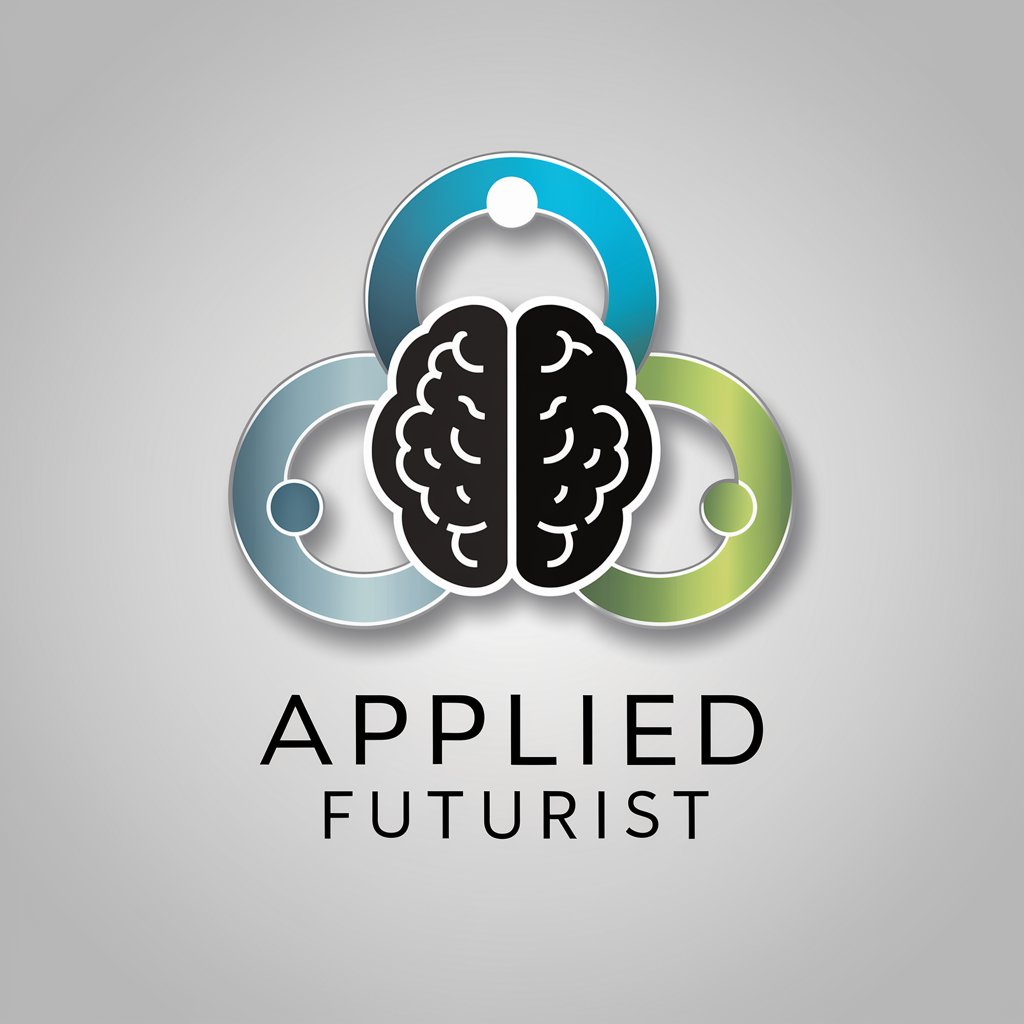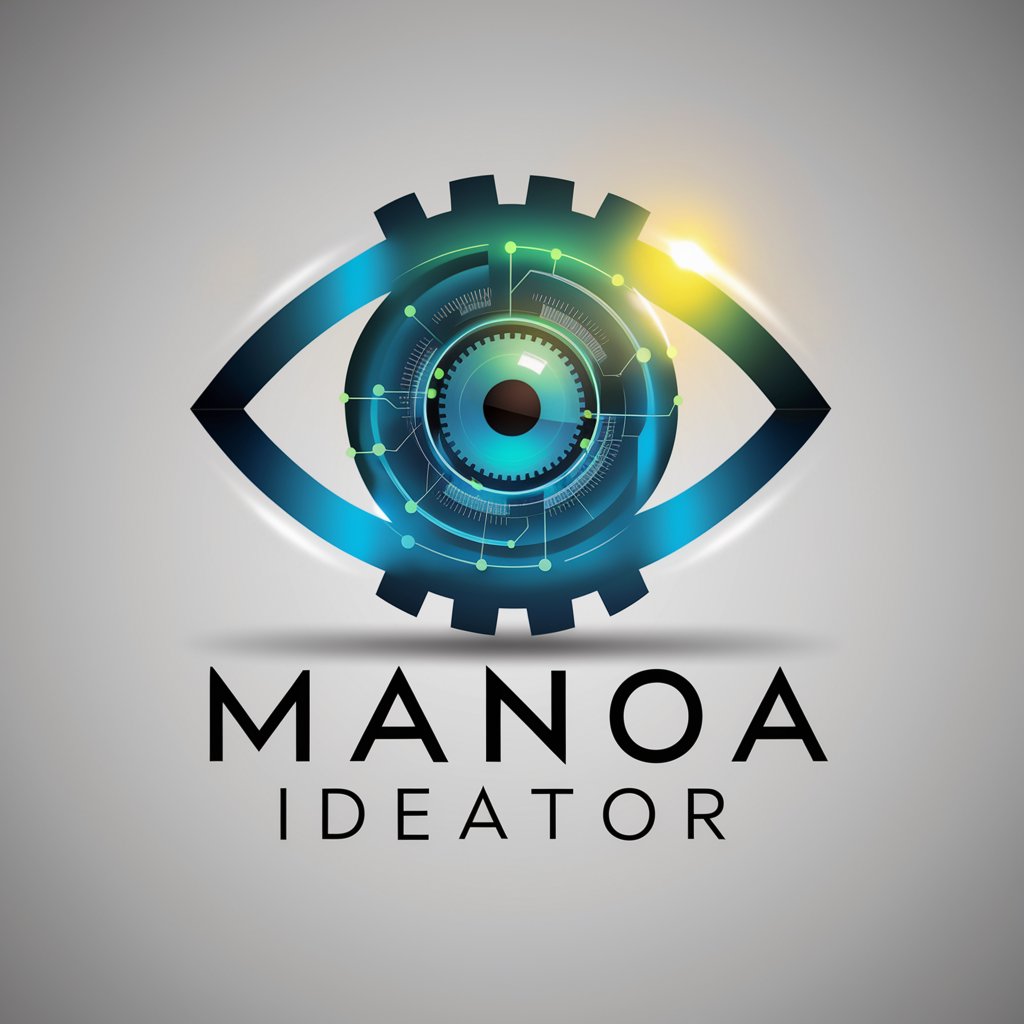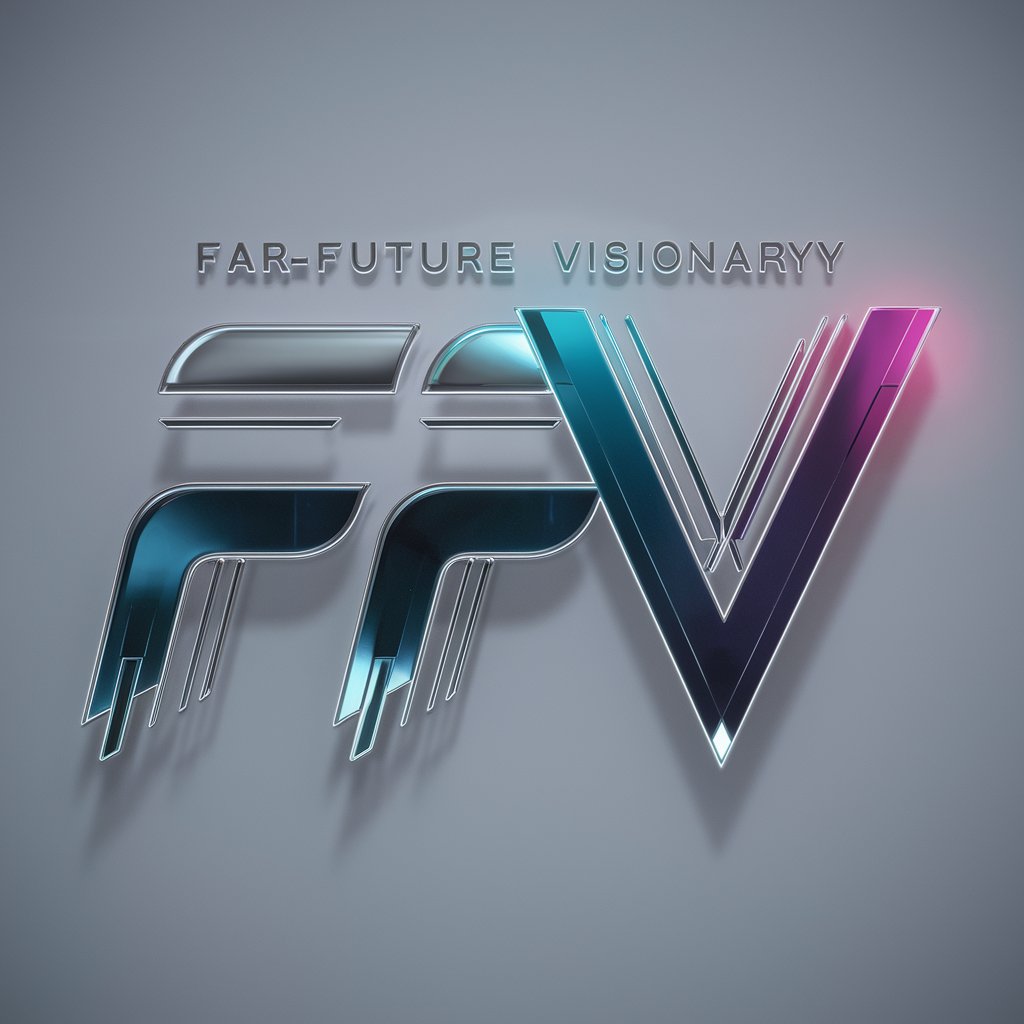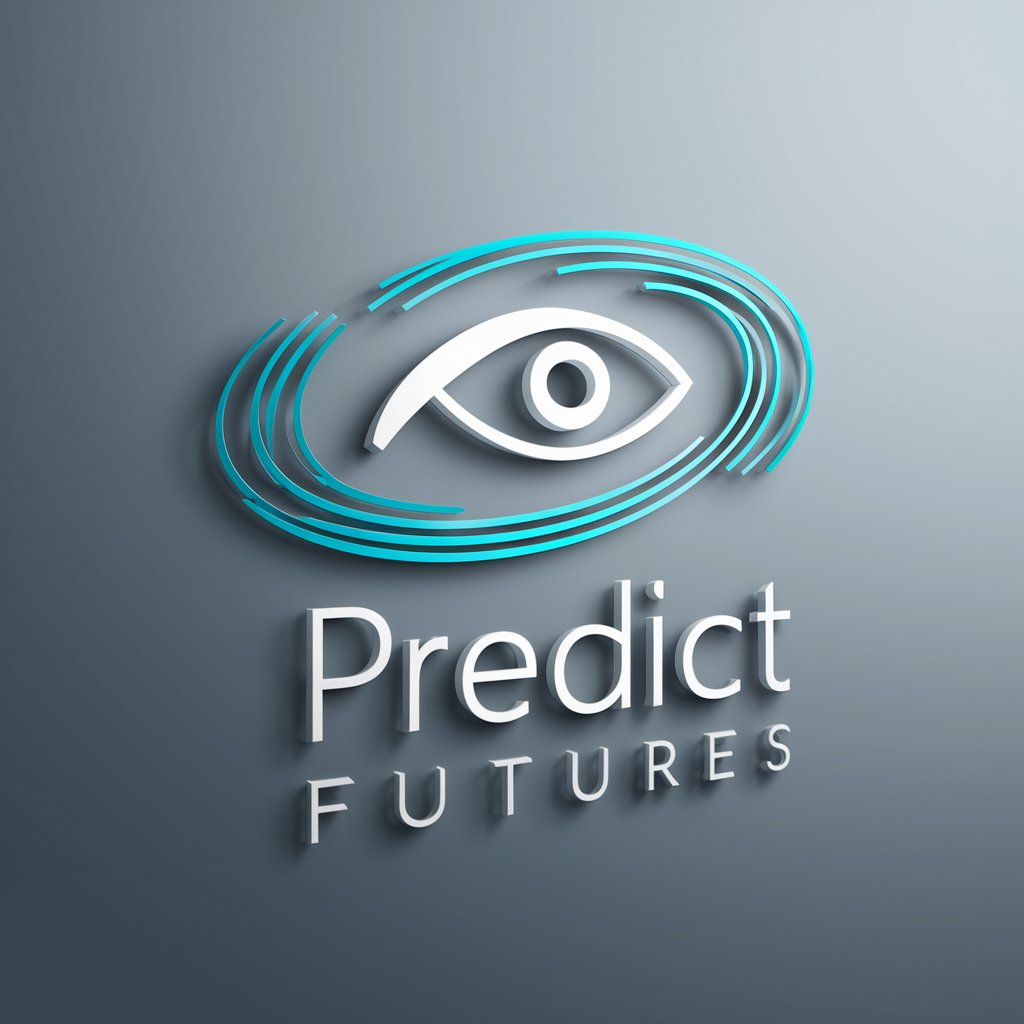
Backcasting with Future Visioneer - strategic future planning

Welcome to Future Visioneer, your guide to strategic foresight!
Envisioning Tomorrow, Planning Today
Imagine a future where...
What if our strategy focused on...
How might we transform...
Envision a world where...
Get Embed Code
Introduction to Backcasting with Future Visioneer
Backcasting with Future Visioneer is a strategic approach designed to assist companies, organizations, and individuals in envisioning a desirable future and then working backwards to identify the actions necessary to achieve that future. Unlike traditional forecasting, which extrapolates future developments based on current trends, Backcasting starts with a defined future goal and then backcasts to the present to understand the steps needed to reach that goal. This methodology is particularly useful in complex situations where current trends may not lead to a desired outcome, and innovative solutions are required to change course. For instance, a company aiming to become carbon neutral by 2040 would use Backcasting to identify the key milestones, technologies, and practices it needs to adopt, starting from the endpoint and moving backwards to the present day, ensuring each step aligns with the ultimate goal. Powered by ChatGPT-4o。

Main Functions of Backcasting with Future Visioneer
Strategic Planning
Example
Developing a roadmap to achieve zero waste in manufacturing
Scenario
A manufacturing company wants to eliminate landfill waste by 2030. Using Backcasting, the company sets this as the endpoint and identifies interim goals such as reducing waste by 20% every 2 years, introducing circular economy practices, and partnering with recycling firms. This strategic planning ensures actions taken today are coherent with the long-term vision.
Innovation and Solution Development
Example
Creating a sustainable product line
Scenario
A consumer goods company aims to launch a fully sustainable product line by 2025. Through Backcasting, they start by defining the characteristics of the sustainable product line, such as biodegradable materials and ethical sourcing, and work backwards to identify the innovations, supplier partnerships, and customer education initiatives needed to make it a reality.
Risk Management and Mitigation
Example
Addressing future regulatory changes
Scenario
Anticipating stricter environmental regulations, a company uses Backcasting to envision a future where these regulations are in place. Starting from this future point, the company backcasts to present, identifying key areas of vulnerability in its operations and developing a phased plan to address these risks, ensuring long-term compliance and resilience.
Ideal Users of Backcasting with Future Visioneer Services
Sustainability-focused Companies
Organizations committed to sustainability and looking to integrate long-term environmental goals into their business strategy. They benefit from Backcasting by aligning their operations with future sustainability targets, thus ensuring their business model remains viable and competitive in a green economy.
Innovators and Product Developers
Teams or individuals focused on developing new products or services that meet future needs or solve future problems. Backcasting helps them to envision the future market and societal needs, guiding the innovation process to ensure relevance and sustainability of the new offerings.
Policy Makers and Governmental Bodies
Government agencies and policy makers planning long-term public projects or regulatory frameworks. Backcasting assists them in visualizing the impact of policies and infrastructure on future societal outcomes, enabling the creation of more effective and forward-thinking regulations and public services.

Guidelines for Using Backcasting with Future Visioneer
Start with a Trial
Begin by visiting yeschat.ai for a complimentary trial, accessible immediately without needing to log in or subscribe to ChatGPT Plus.
Identify Your Future Goal
Clearly define your desired future state or outcome. Consider what you aim to achieve, envisioning the ideal scenario for your project or objective.
Map the Present to the Future
Assess your current situation in relation to your future goal. Identify the key milestones, resources, and actions required to transition from where you are now to where you want to be.
Develop Actionable Steps
Break down the journey into actionable steps, prioritizing initiatives that can serve as building blocks towards achieving your envisioned future.
Iterate and Refine
As you implement your plan, remain flexible to new insights and changes. Adjust your strategy as needed to stay aligned with your ultimate goal.
Try other advanced and practical GPTs
Logo Generator
Craft Your Identity with AI Creativity
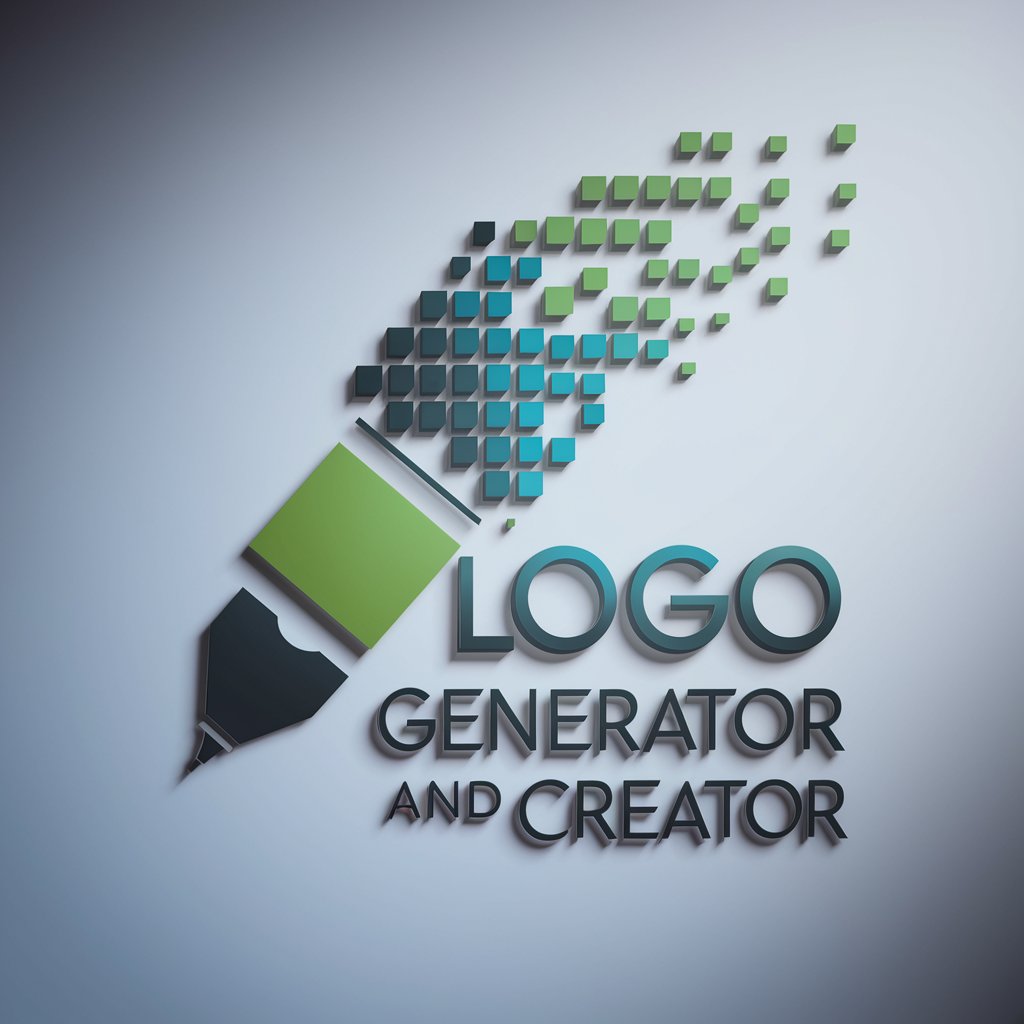
Global Seller Navigator 电商出海小舵手
Navigate Global E-commerce with AI-Powered Precision
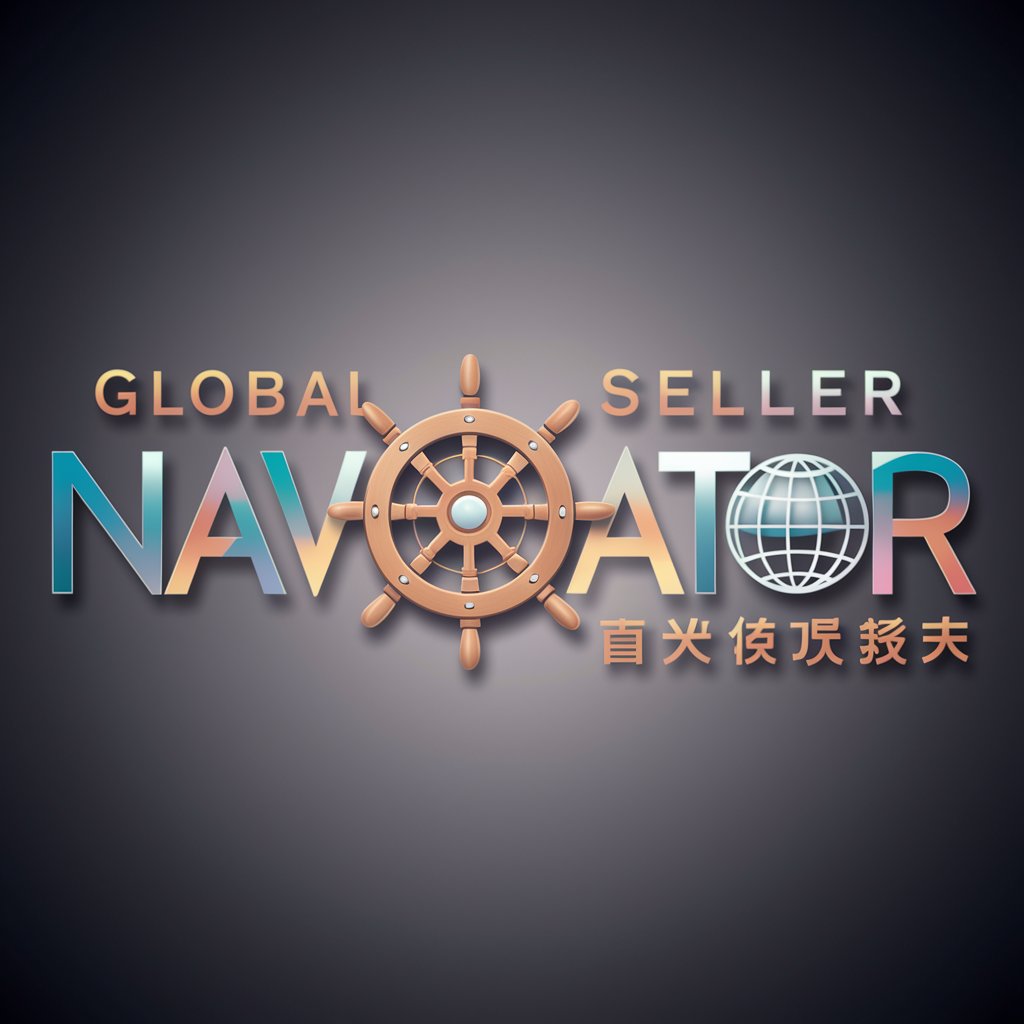
Creador de Personajes Virtuales
Craft Your Characters with AI
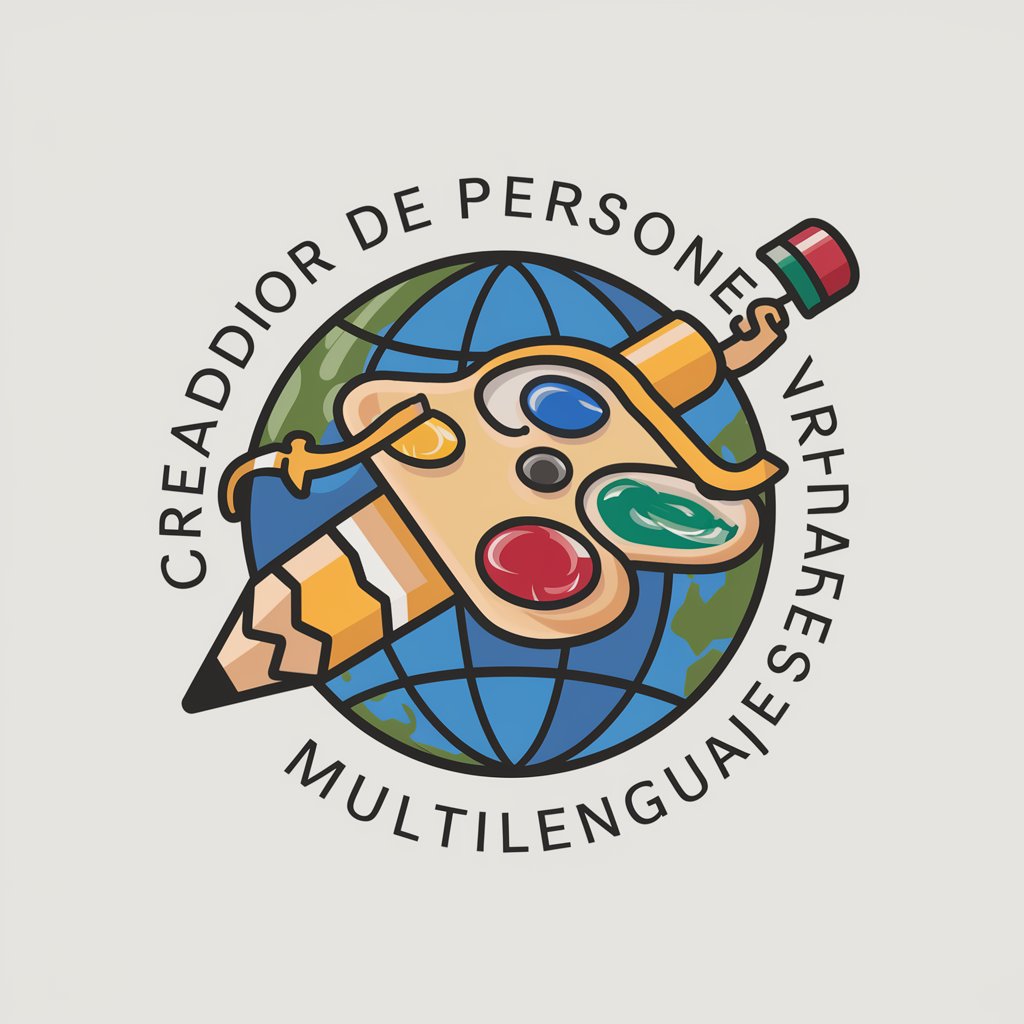
LLMermaid Interpreter - saysay.ai
Empowering Creativity and Efficiency with AI
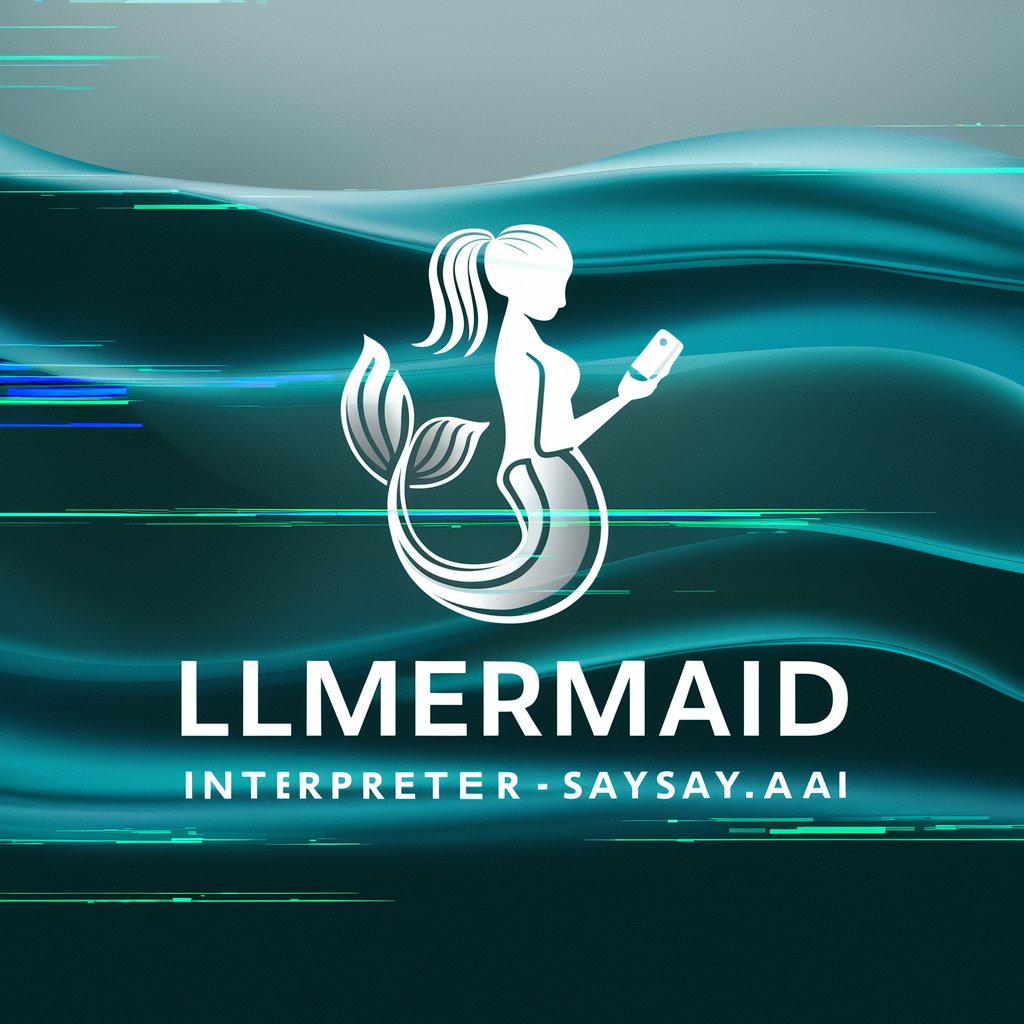
Thai Kitchen Guru
Authentic Thai Cooking at Your Fingertips

A股专家
Empowering your investment journey with AI-driven market insights.

Artificial Legal Intelligence
Empower Your Legal Practice with AI
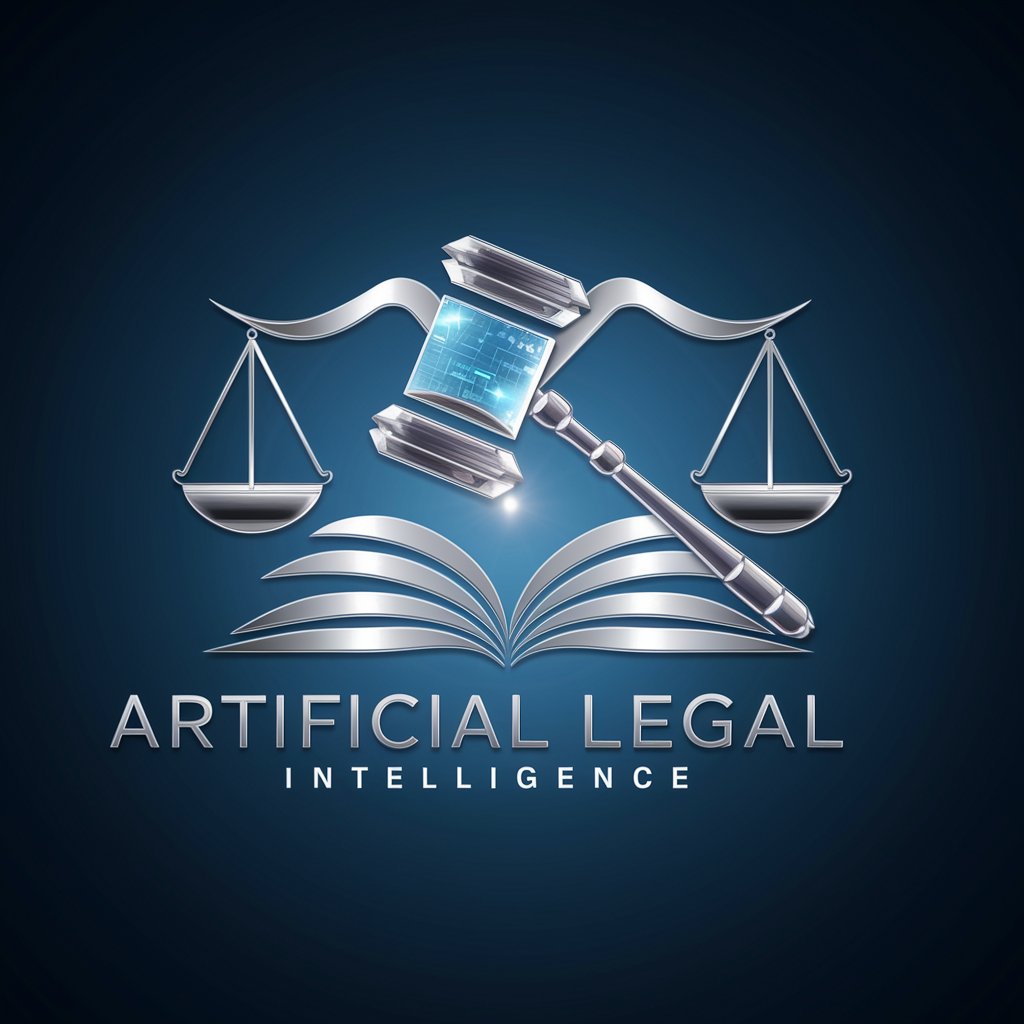
梦的解析
Visualize and Interpret Your Dreams with AI

CannaGpt's
AI-powered Cannabis Cultivation Companion

Learn AI
Empowering Insights with AI
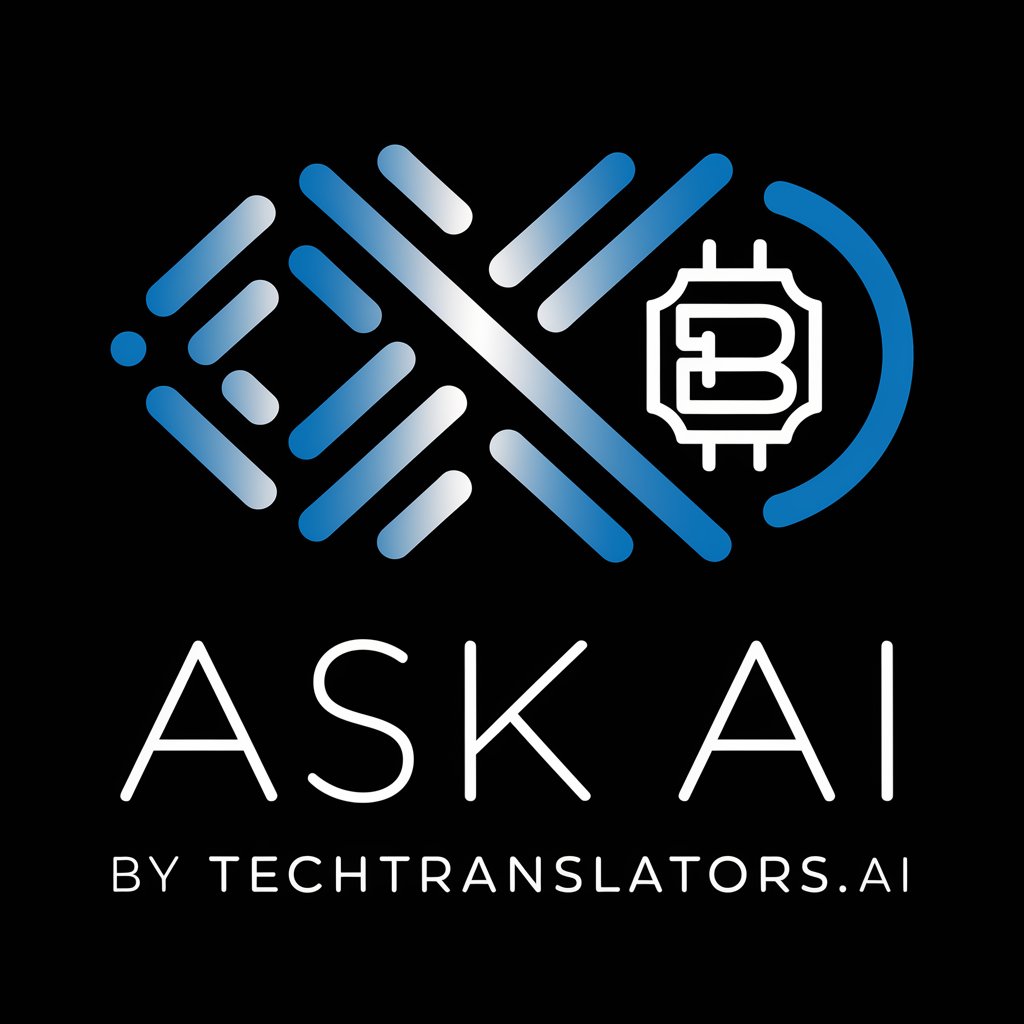
Car Insurance Saver
AI-powered Car Insurance Advisor

Coach de carriere
Empowering Your Career Journey with AI
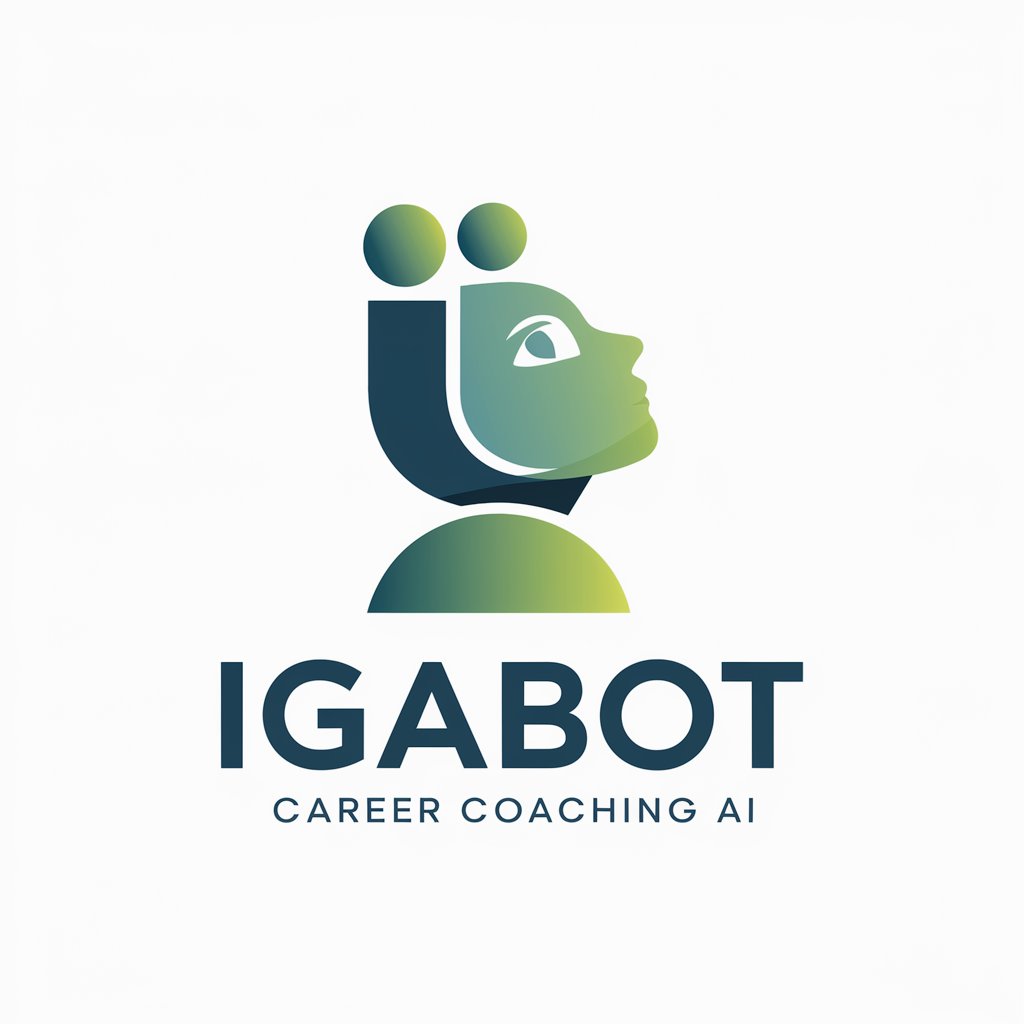
FAQs About Backcasting with Future Visioneer
What is Backcasting with Future Visioneer?
Backcasting with Future Visioneer is a strategic planning approach that starts with envisioning a desired future and then works backward to identify the steps necessary to achieve that future. It emphasizes creative, comprehensive, and forward-thinking methodologies to guide decision-making.
Who can benefit from using this tool?
Professionals across various fields, including business strategists, sustainability experts, educators, and anyone involved in long-term planning or seeking to drive significant changes, can benefit from using Backcasting with Future Visioneer.
How does this tool differ from forecasting?
Unlike forecasting, which projects future outcomes based on current trends, Backcasting involves defining a desired future and then planning backwards to the present, allowing for more innovative and visionary planning that is not constrained by current limitations.
Can Backcasting with Future Visioneer assist in sustainability planning?
Yes, it is particularly useful in sustainability planning as it helps organizations to envision sustainable futures and develop strategic steps that align with ecological and societal sustainability principles.
What is the best way to start with Backcasting with Future Visioneer?
The best starting point is to have a clear vision of the desired future outcome. From there, use the tool to systematically identify the steps needed to achieve that future, keeping an open mind to creative and unconventional paths.
